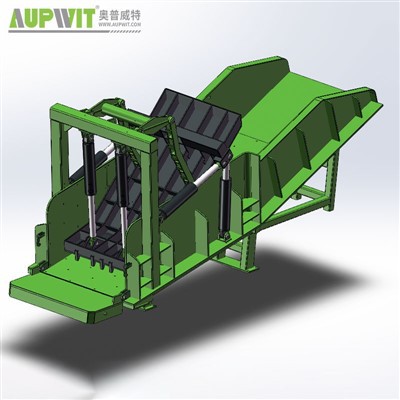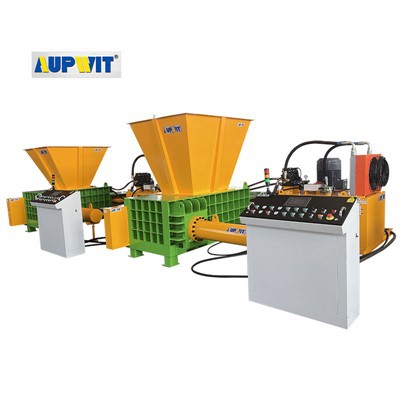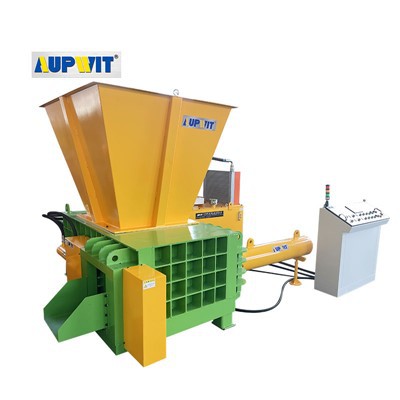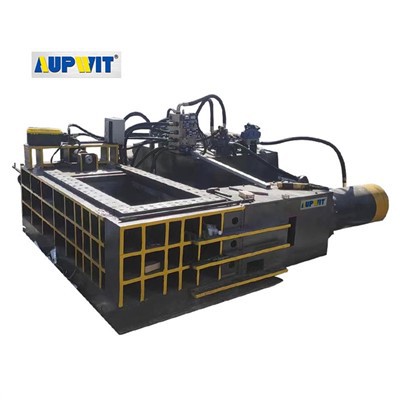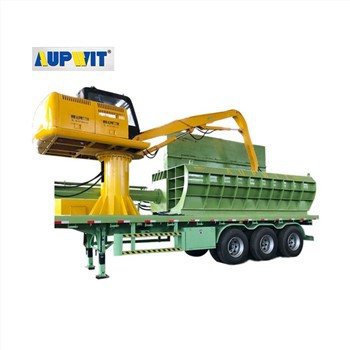Hydraulic Briquetting Machine Debugging Checklist
1. Safety System Inspection
- Verify all safety components function correctly: test emergency stop buttons to ensure immediate machine shutdown.
- Check safety guards around moving parts for secure installation.
- Confirm interlock systems prevent operation when guards are open.
- Inspect pressure relief valves to ensure they activate at preset thresholds.
- Test alarm systems for abnormal conditions like high temperatures or low oil levels.
2. Hydraulic System Calibration
- Check hydraulic oil levels and ensure the oil meets manufacturer specifications.
- Purge air from the hydraulic lines by running the pump at low pressure with all valves open.
- Calibrate pressure gauges and sensors to ensure accurate readings.
- Test pressure settings against design requirements.
- Inspect hoses, seals, and connections for leaks during low-pressure test runs.
3. Mechanical Component Alignment
- Verify alignment of the briquetting chamber, mold, and hydraulic ram.
- Check clearances between moving parts to ensure smooth operation.
- Test the feeding mechanism—adjust conveyor speed or auger rotation.
- Inspect mold surfaces for defects.
- Ensure locking mechanisms secure the mold firmly in place.
4. Electrical Control System Testing
- Power on the control panel and verify all indicators function correctly.
- Test PLC programs or control logic by simulating operation cycles.
- Calibrate sensors for material level, temperature, and pressure.
- Check wiring connections for tightness and insulation integrity.
5. Material Feeding and Forming Tests
- Conduct trial runs with small batches of raw material.
- Adjust feeder settings to achieve uniform material distribution.
- Monitor the briquetting process to check for proper compression.
- Measure initial briquette density and hardness.
6. Full-Cycle Operation Check
- Run the machine through multiple complete cycles.
- Identify issues like uneven wear or unusual noises.
- Inspect all components after testing for signs of stress.
- Record key parameters to establish baseline performance.


